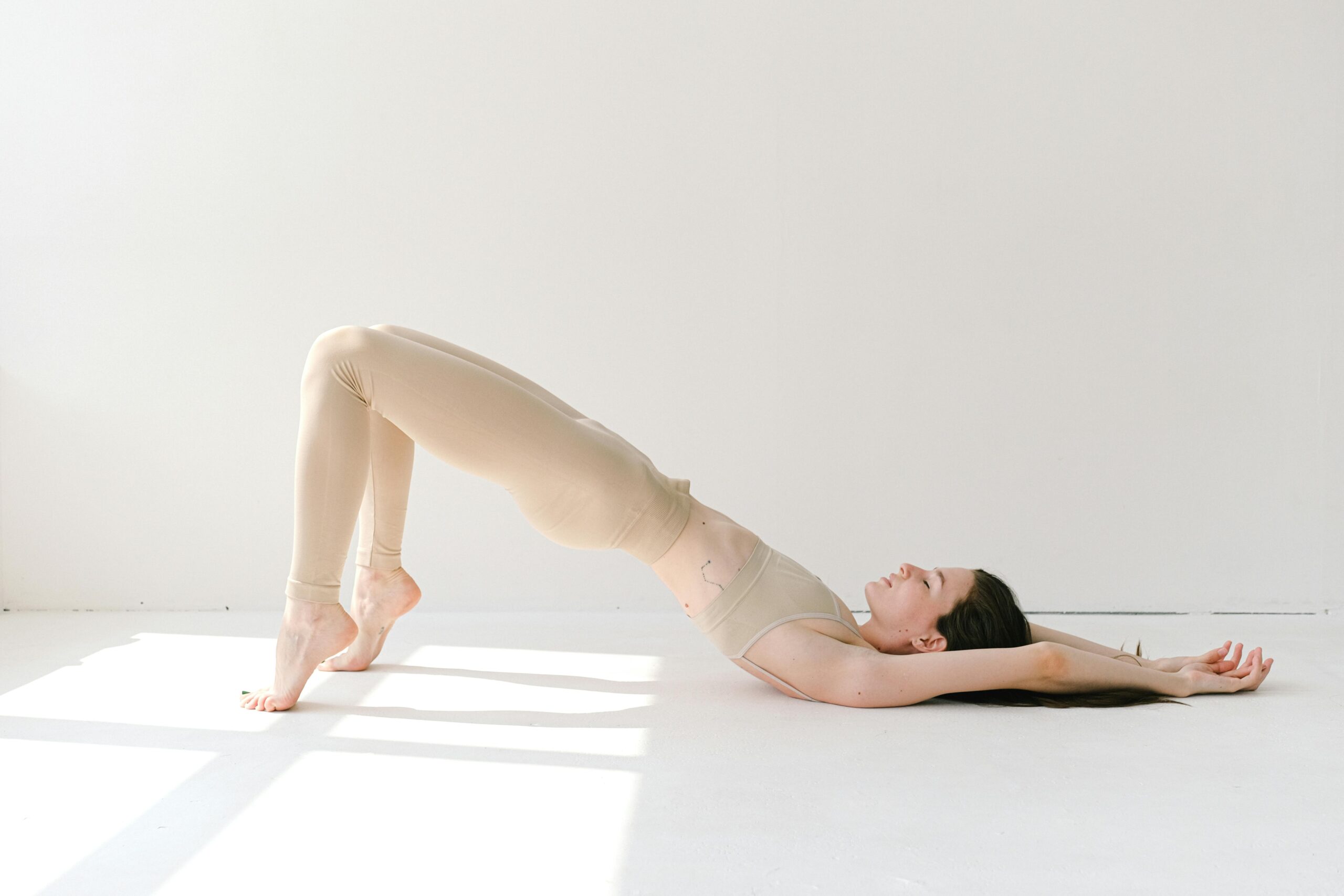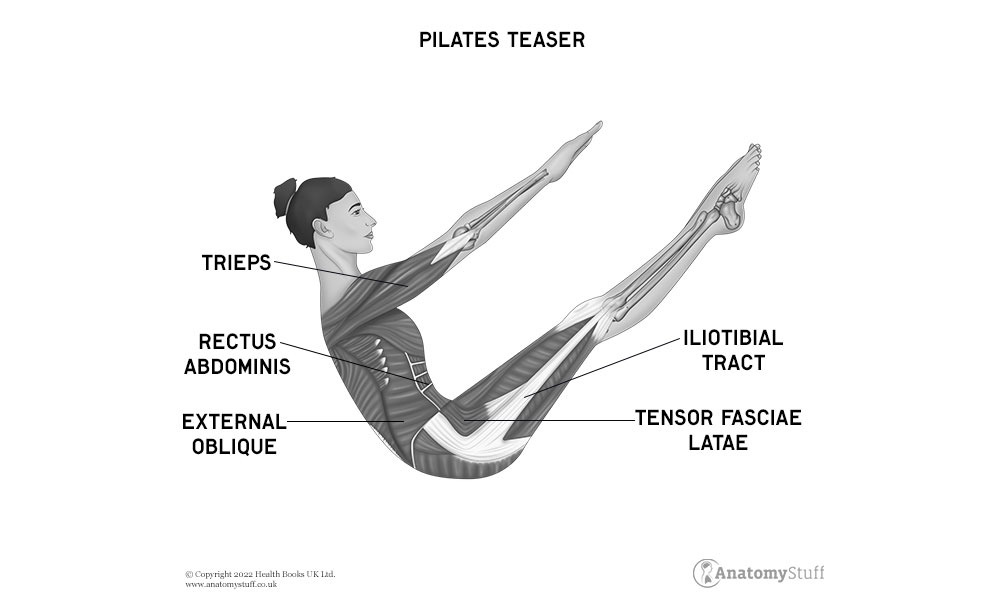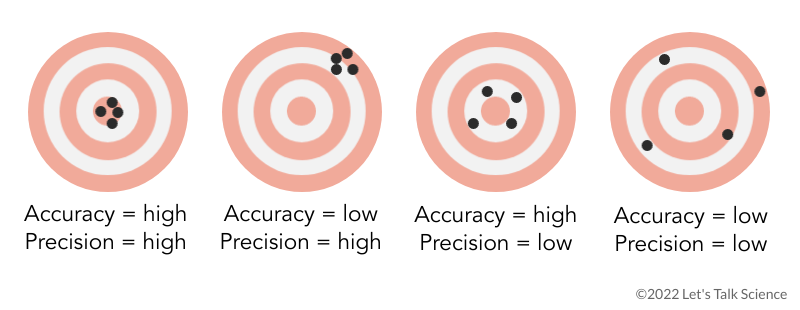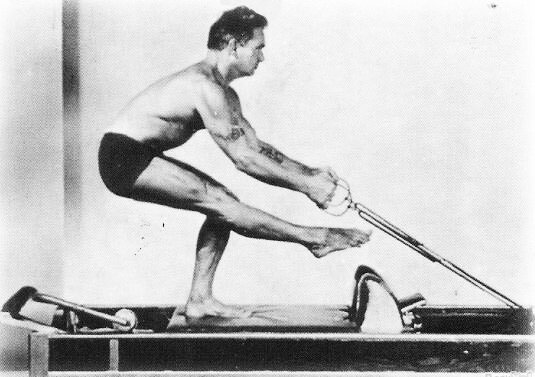Do you feel like everyone is talking about Pilates as this miracle exercise? Maybe you’ve taken a class or two and still don’t understand what makes it so special.
Perhaps you haven’t been introduced to the secret—the core principles that truly allow you to experience the benefits of Pilates. Let’s be real: you can do The Hundred anywhere, but doing it with purpose in a Pilates class makes all the difference.
In this post, we’ll delve into what Pilates is all about, exploring its core principles and the many benefits it offers.
First, WHAT IS PILATES?
The answer to this question really depends on who you ask, but I will help you out.
A simple answer is: Pilates is a full-body, low-impact workout that promotes strength, stability, flexibility, posture, balance, body control, awareness, and alignment. Ultimately, it helps you move with greater ease and fluidity in everyday life. It is mainly performed on machines specific to Pilates, the most popular nowadays being the Reformer. This is a large bed that moves back and forth and uses springs for resistance. However, Pilates is much more than just Reformer classes or the images we often see on social media of people hanging upside down.
Pilates is well-known for preventing injuries and aiding in recovery after physical therapy sessions. It is also popular among seniors because it is low-impact, uses no heavy weights, and the pace of the class can be adjusted for this population.
My personal opinion about Pilates: I have been teaching for over 12 years now, and I see this method as a gift to my body. It is intense and challenging, but I finish the workout with a lighter sensation and can feel my body being thankful.
Now that you have a brief explanation, let’s dive into the secrets of Pilates and why it can make a huge difference in your practice.
Understanding the Foundation
The foundations are what make Pilates truly Pilates. We can’t just perform “normal” exercises on a Pilates machine and call it Pilates. It’s like running in a pool and claiming you’re swimming. I’m sorry, but you’re not swimming; you’re just running in the pool!
At its essence, Pilates covers the art and science of human movement. I believe Method Pilates is a rich mix of Physically ( Anatomy, physiology, biomechanics, and kinesiology) and also artistically ( aesthetics, inner sensations, psychological components and the conversation between flow and force). The mind-body relationship is the secret of this Method that has being proving so many benefits.
However, how to reach that perfect dance between physical and art?
That is what we are going to talk today. So stay with me and make some notes for next Pilates session
The Six Core Principles of Pilates
You might be surprised to learn that Joseph Pilates—the creator of the Pilates method—didn’t actually formulate these principles himself.
The six Pilates principles below were, in fact, developed by Joseph’s students. They distilled his concepts into six straightforward principles to ensure his method was accessible to future generations.
Due to the origin of these principles, there is some discussion within the Pilates community regarding their names and the number of principles.
However, we don’t have to get deep in the discussion. Let’s learn the main ones today.
Concentration
“Concentrate on the correct movement each time you exercise, lest you do them improperly and thus lose all vital benefits.”
Joseph Pilates
Have you ever driven to work and arrived without remembering the journey? Or attended a fitness class and couldn’t identify which muscles you worked?
In Pilates, this should never happen. The method encourages mindful movement, requiring you to focus on the quality and precision of each movement. By concentrating fully, you can maximize the effectiveness of your workout and cultivate a deeper mind-body connection.
Control

Controlled movements lie at the heart of Pilates. Rather than relying on momentum or sheer force—trust me, it’s painful for instructors to watch you using momentum while you are kneeling on the Reformer.
You are guided to perform exercises with deliberate and precise movements. This ensures proper alignment and muscle engagement, enhancing physical strength and reducing the risk of injury. Unfortunately, with the rise of new studios prioritizing quantity over quality, injuries have become more common. Remember, this is not normal in a true Pilates practice.
Centering

Centering revolves around activating the body’s core muscles, often referred to as the “powerhouse.” By initiating movements from your center, Pilates fosters stability, balance, and a strong core, which serves as the foundation for all movement.
This principle is why Pilates is renowned for providing a strong core, engaging trunk and hip muscles that surround the spine and abdominal viscera.
Precision

Precision is one of my favorite principles. Why? Because It’s easy to perform exercises without precision and end up hurting yourself or not seeing results.
For example, doing crunches and feeling your neck more than your abs, or doing deadlifts and having lower back pain without engaging your glutes. Pilates exercises focus on detail and precision, emphasizing correct alignment, form, and muscle engagement to optimize performance and achieve better results.
Breath
I love to say in my classes, “Air is the only thing that’s still free, so let’s use it!”
Breathing is integral to Pilates, linking the mind and body. Deep, controlled breathing enhances oxygenation, promotes relaxation, and facilitates efficient movement. Coordinating your breath with each movement fosters a sense of rhythm and flow.
I am leaving the video below of a great “Pilates Breathing Exercise”. Let me know if you have done it and enjoyed.
Conclusion
By embracing these core principles and committing to regular practice, you can experience the secret of Pilates that extends far beyond the studio.
So, now let me know: do you ever think about those principles during your practice, or is this the first time you’re hearing about them?
Also, which one should you focus on?
